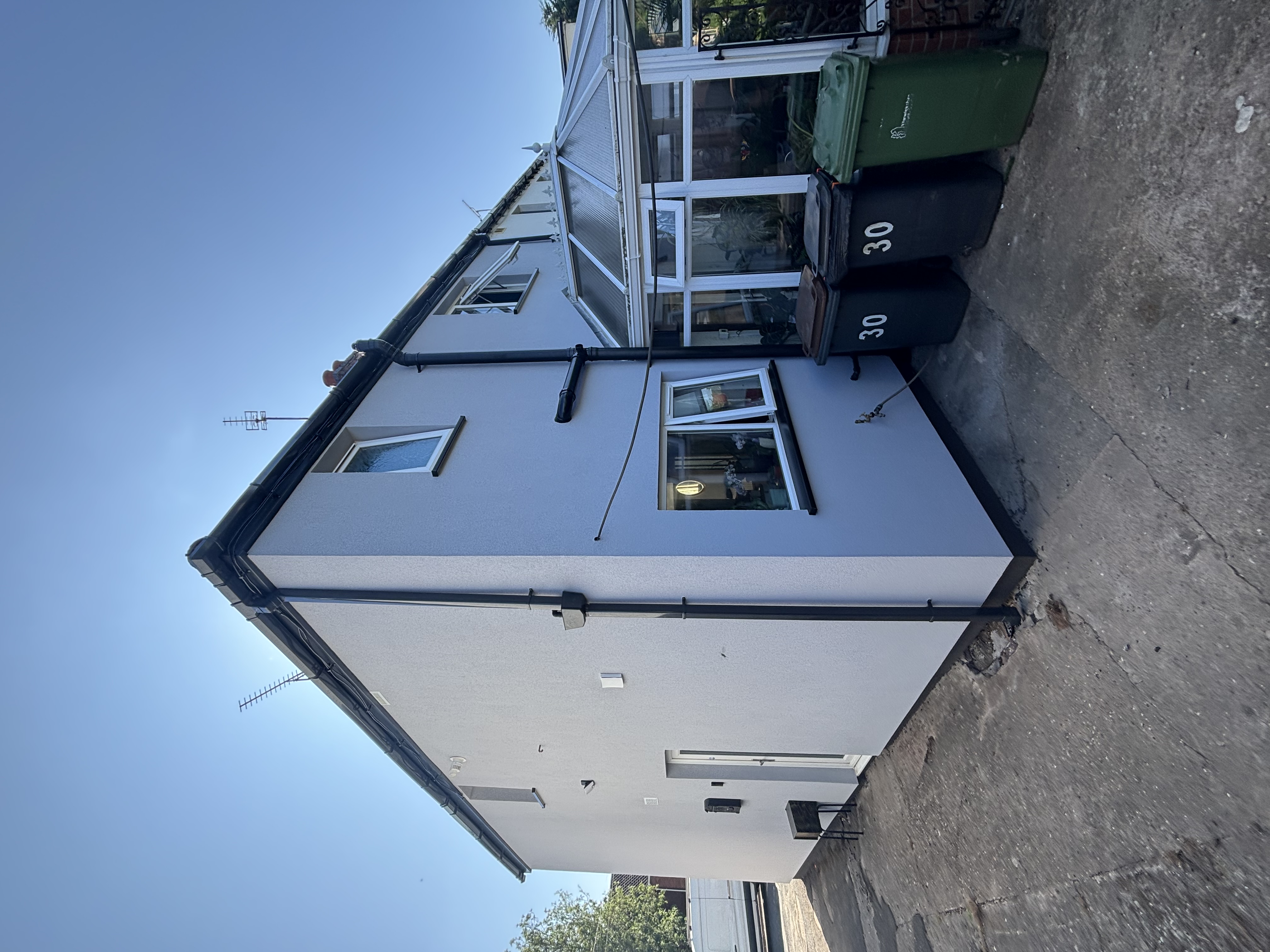
Industrial furnace equipped with high-temperature mineral wool modules
Industrial furnace in operation,equipped with high-temperature mineral wool
High-temperature mineral wool is a type of mineral wool created for use as high-temperature insulation and generally defined as being resistant to temperatures above 1,000 °C. This type of insulation is usually used in industrial furnaces and foundries. Because high-temperature mineral wool is costly to produce and has limited availability, it is almost exclusively used in high-temperature industrial applications and processes.
Classification temperature is the temperature at which a certain amount of linear shrinkage (usually two to four percent) is not exceeded after a 24‑hour heat treatment in an electrically heated laboratory oven in a neutral atmosphere. Depending on the type of product, the value may not exceed two percent for boards and shaped products and four percent for mats and papers.
The classification temperature is specified in 50 °C steps starting at 850 °C and up to 1600 °C. The classification temperature does not mean that the product can be used continuously at this temperature. In the field, the continuous application temperature of amorphous high-temperature mineral wool (AES and ASW) is typically 100 °C to 150 °C below the classification temperature. Products made of polycrystalline wool can generally be used up to the classification temperature.
There are several types of high-temperature mineral wool made from different types of minerals. The mineral chosen results in different material properties and classification temperatures.
AES wool consists of amorphous glass fibres that are produced by melting a combination of calcium oxide (CaO−), magnesium oxide (MgO−), and silicon dioxide (SiO2). Products made from AES wool are generally used in equipment that continuously operates and in domestic appliances. AES wool has the advantage of being bio-soluble—it dissolves in bodily fluids within a few weeks and is quickly cleared from the lungs.[5][6]
Alumino silicate wool, also known as refractory ceramic fibre (RCF), consists of amorphous fibres produced by melting a combination of aluminum oxide (Al2O3) and silicon dioxide (SiO2), usually in a weight ratio 50:50 (see also VDI 3469 Parts 1 and 5,[7] as well as TRGS 521). Products made of alumino silicate wool are generally used at application temperatures of greater than 900 °C for equipment that operates intermittently and in critical application conditions (see Technical Rules TRGS 619).
Polycrystalline wool consists of fibres that contain aluminum oxide (Al2O3) at greater than 70 percent of the total materials and is produced by sol–gel method from aqueous spinning solutions. The water-soluble green fibres obtained as a precursor are crystallized by means of heat treatment.[7] Polycrystalline wool is generally used at application temperatures greater than 1300 °C and in critical chemical and physical application conditions.
Kaowool is a type of high-temperature mineral wool made from the mineral kaolin. It was one of the first types of high-temperature mineral wool invented and has been used into the 21st century.[4] It can withstand temperatures close to 3,000 °F (1,650 °C).

